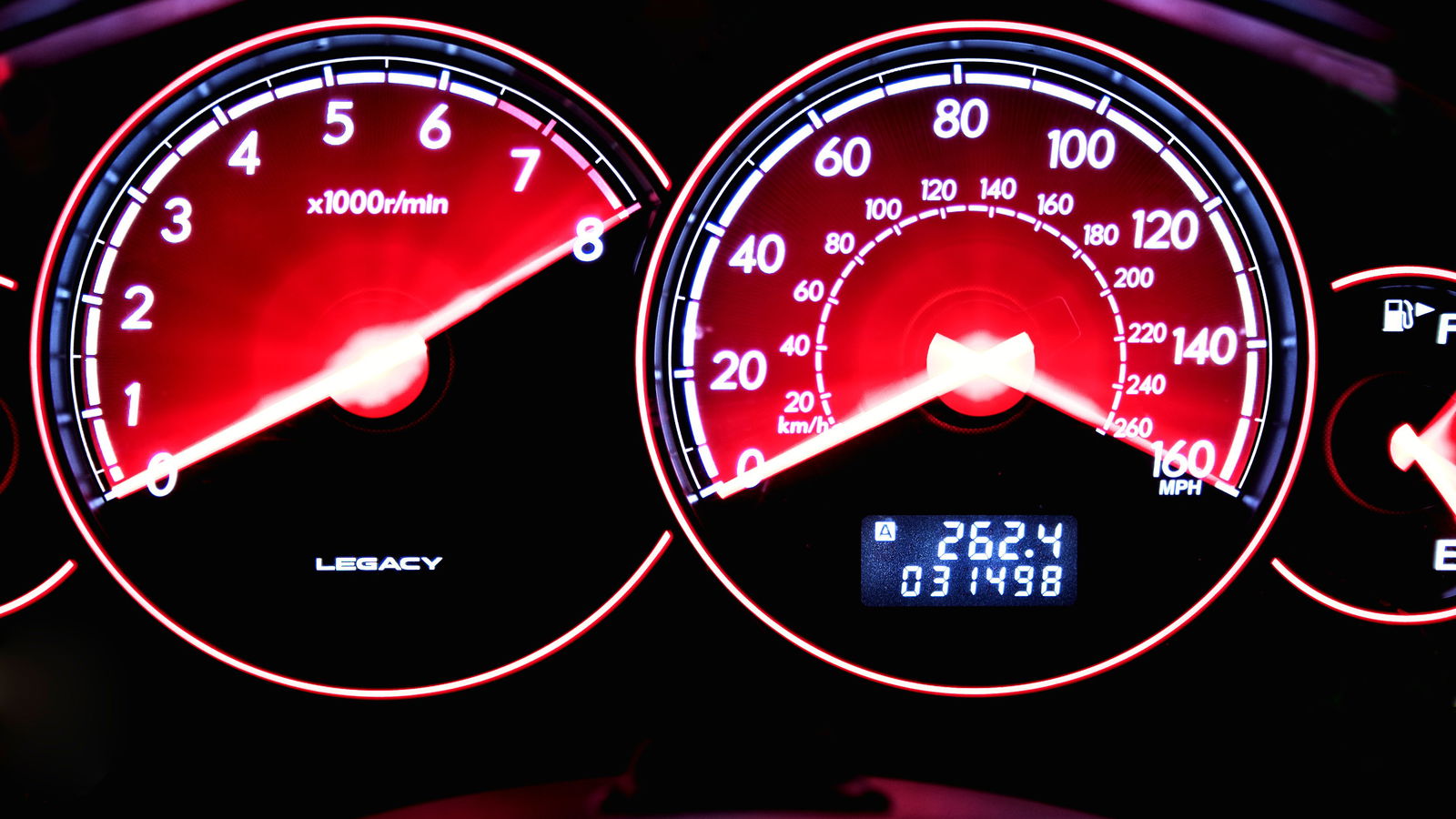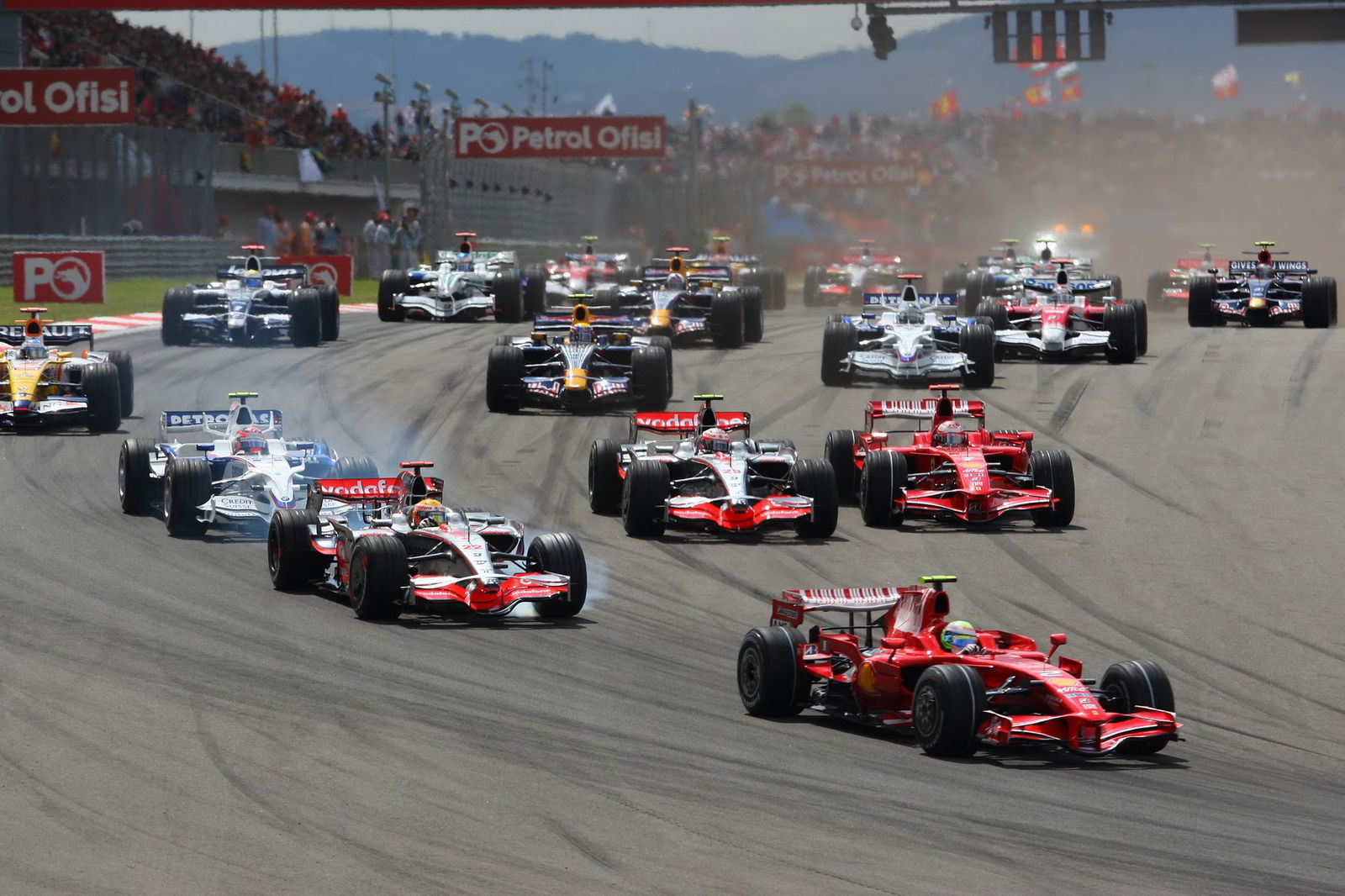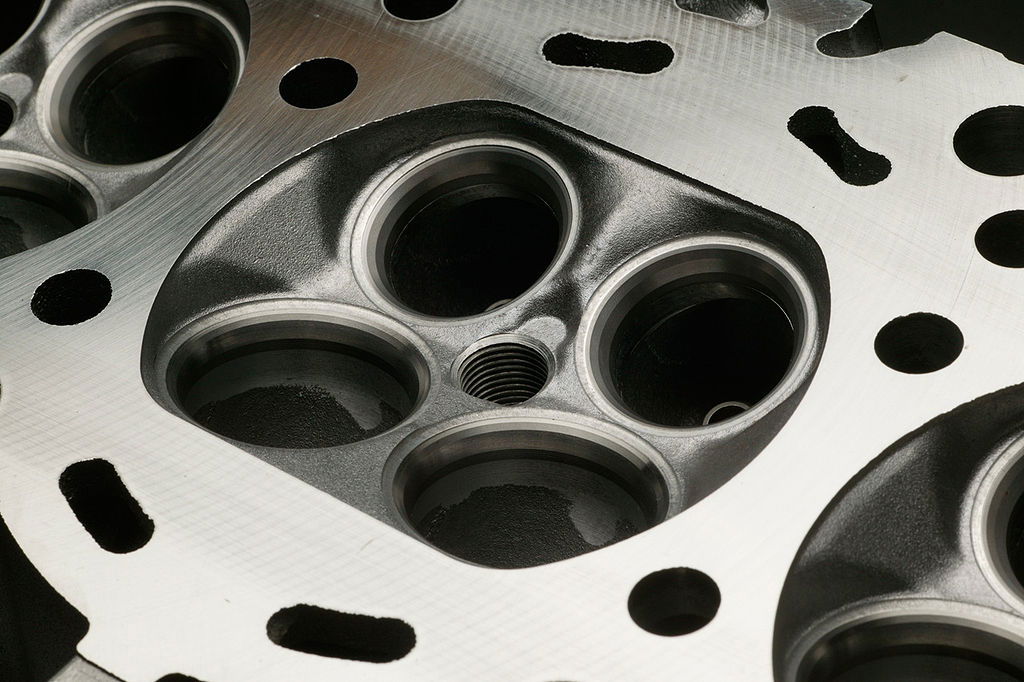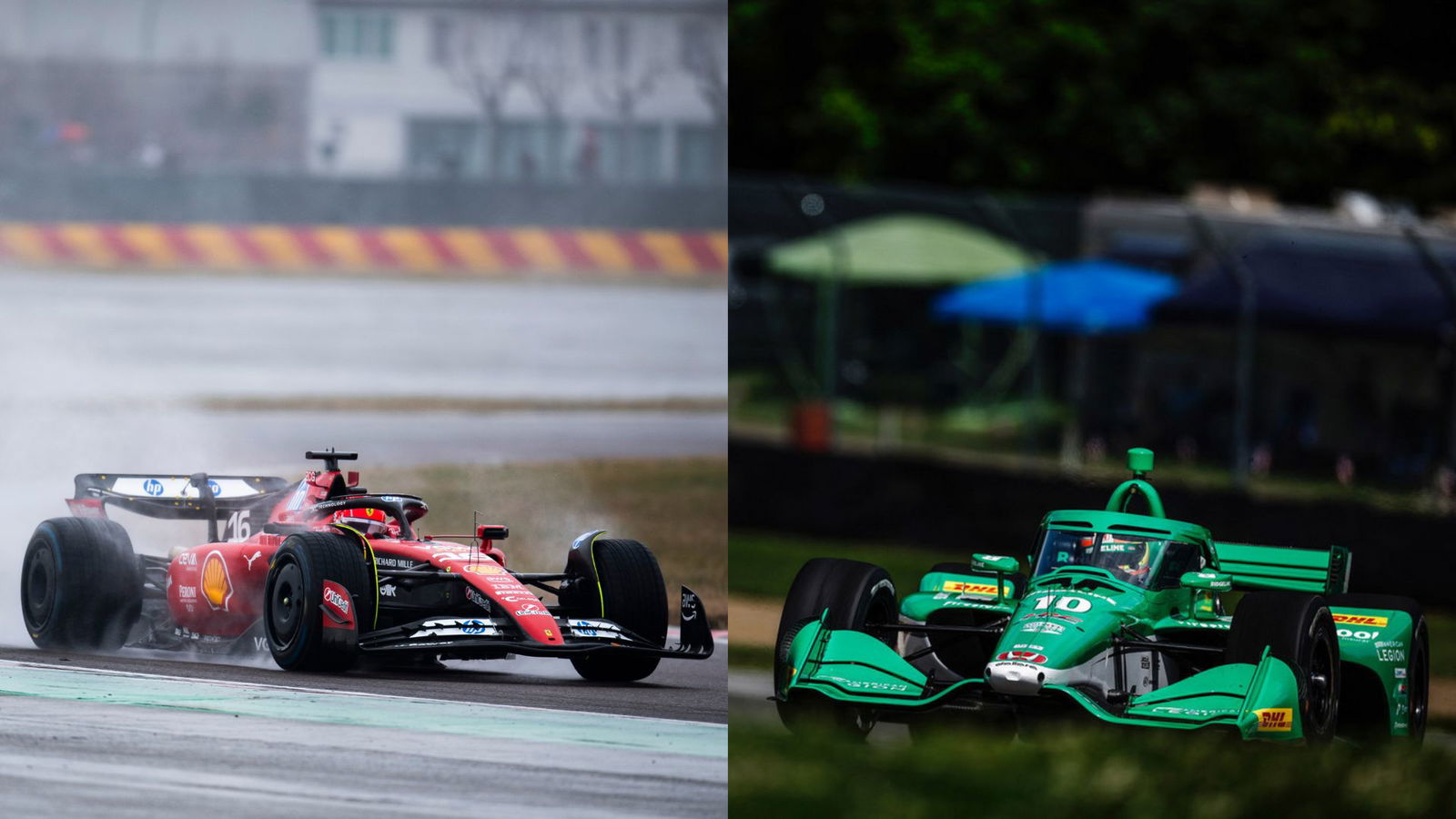Engineering Explained: Why Some Engines Rev High And Their Benefits

To understand the details of how redline limits are set, let’s dive deeper into the following questions:
- What’s The Benefit Of A High Revving Engine?
- What Role Does The Bore/Stroke Ratio Play?
- How Do Engines Breathe At High RPM?
- How Do Reciprocating Parts Impact Redline?
- Are Low Revving Engines Bad?
1. What's The Benefit Of A High Revving Engine?

Simply put, power is the biggest benefit of a high revving engine. Horsepower is a function of torque and engine RPM. Increase max RPM or torque, and power goes up. If you have a 2.0-litre engine, you’ll need large amounts of boost in order to make high power figures. On the flip side, simply designing for higher revs means you’ll increase the amount of power you make. Torque is not critically important if you make enough power, as you can gear the car appropriately to keep wheel torque competitive. Of course, you can always increase displacement to increase the power, but generally this reduces efficiency.
One of the simplest ways of creating a high revving engine is to start with an oversquare design (larger bore than stroke). There are multiple advantages of this type of design, but as far as engine RPM is concerned it keeps the piston speed relatively low. Lower piston speeds means less stress on the connecting rods and crankshaft as well as acceptable flame propagation speeds, allowing the engine to rev even higher. Also, by having a wider bore, you can have larger intake and exhaust valves, leading to better airflow at high RPM.
For example, let’s say you have two 4.0-litre V8 engines that rev to 6000rpm. One has a bore/stroke ratio of 0.5 (68.3mm/136.6mm) and the other has a bore/stroke ratio of 1.5 (98.5mm/65.6mm). The undersquare engine will have an average piston speed of 27.32 m/s while the engine with the larger bore will have an average piston speed of 13.12 m/s, less than half! The short stroke engine could rev all the way to 12,500rpm before reaching the same piston speeds as the other engine.
Formula 1 engines and motorcycle engines often have very high bore/stroke ratios, allowing for higher engine speeds (and thus more power). A bore/stroke ratio of 2.5 is not all that strange in the world of F1.
3. How Do Engines Breathe At High RPM?

Another significant factor in how high an engine revs is how well it can breathe. This is where the valvetrain plays a critical role. As mentioned above, a large bore will allow for larger valves and thus more airflow at high RPM. That said, larger valves are heavier and can lead to valve float, where the valve stem is no longer perfectly in sync with the camshaft as the valve springs no longer keep up. Engines with two valves per cylinder will tend to have larger valves, and this is even more of a challenge.
It is possible to overcome valve float to an extent. Stiff valve springs can be used to ensure valve float does not occur, but this means more energy is required to compress the springs and thus the system is less efficient. Making valves with lightweight materials can help with reducing the requirement of stiffer valve springs, so performance cars often make use of titanium to reduce mass.
In the case of F1 engines, pneumatic springs are used instead of physical springs and compressed nitrogen keeps the valves following the cam profile.
The secret to the high revving nature of rotary engines lies in the fact that all of the moving parts are rotational rather than reciprocating. Stress and valve float become an issue when reciprocating masses are high, such as in pushrod engines with valves and pushrods constantly changing direction. For a price, quality materials can be used to mitigate the problem, but money can only do so much when there are superior designs to mitigating the issue.
Not in the slightest. Diesel engines rarely rev anywhere close to gasoline equivalents, but they’re often just as powerful and more efficient. Diesels use high compression ratios and long strokes, which leads to high pressures and temperatures within the cylinder, requiring heavy duty materials for longevity. The longer stroke can improve torque, but at a cost of reducing the redline. Also, in the case of engines with two valves per cylinder, low-end torque tends to be better as a result of faster airflow at lower engine speeds.

Comments
The only benefit of high revving engine
Rotary is Love, Rotary is Life
That reminds me…
My dream is to build high-end revving cars, with less than 1001cc of displacement, and at least a redline with 5 digits.
Didn’t Koenigsegg say that it takes same amount of energy to push a valve spring in a truck engine as it would in a motorcycle engine?
High revving engines are pretty cool. Like the Yamaha FZR 250, redlines at 18,500rpm. Sounds awesome!
More stroke, less speed. Now i finally have an excuse when the ladies complain about my lack of “stroke” huehue….
As always grat post!
How about rod:stroke ratio. Long rod with short stroke reduces the lateral forces on the piston and cylinder wall, making an engine easier to rev.
The bore to stroke ratio is actually fairly irrelevant, it’s literally just a matter of stroke, the shorter the stroke the higher you can Rev it, regardless of the bore diameter.
Pretty much all engines max out at mean piston speeds of about 25m/s, whether it’s an F1 engine, the V8 in the 458, the BMW S54 or the Honda B18C.
Pagination